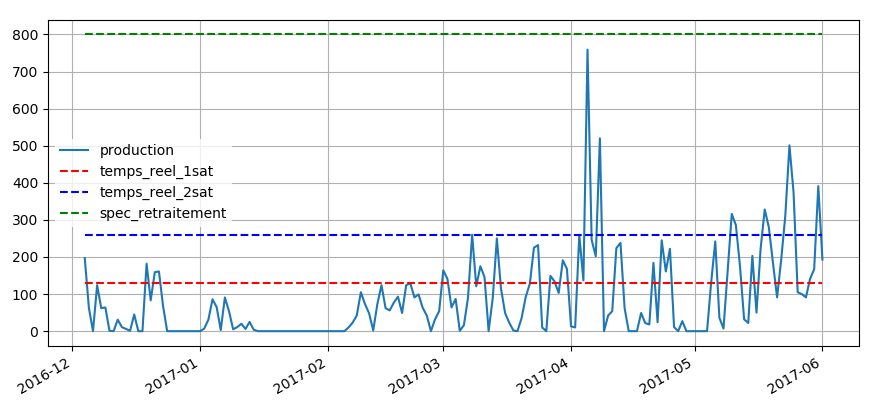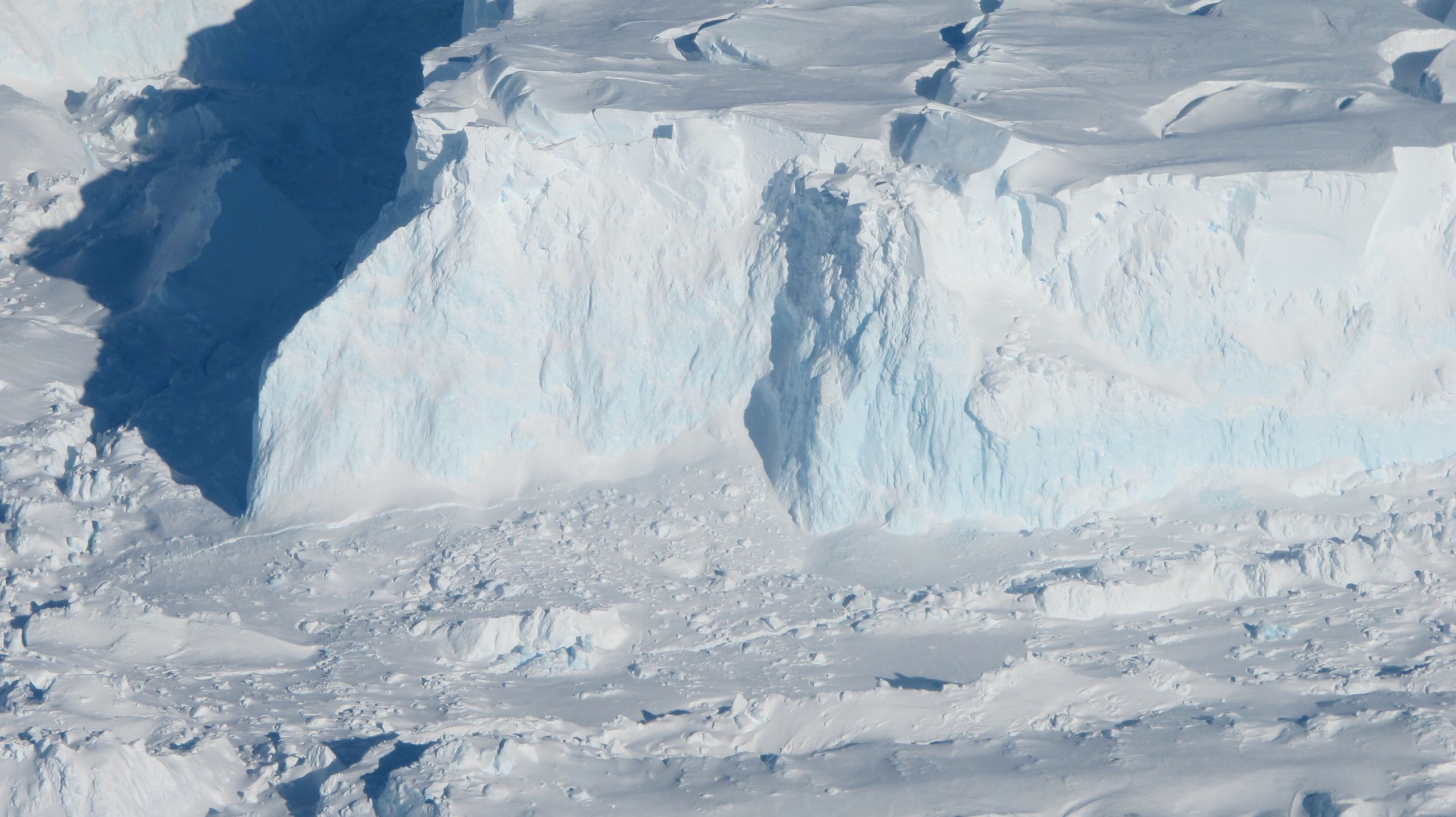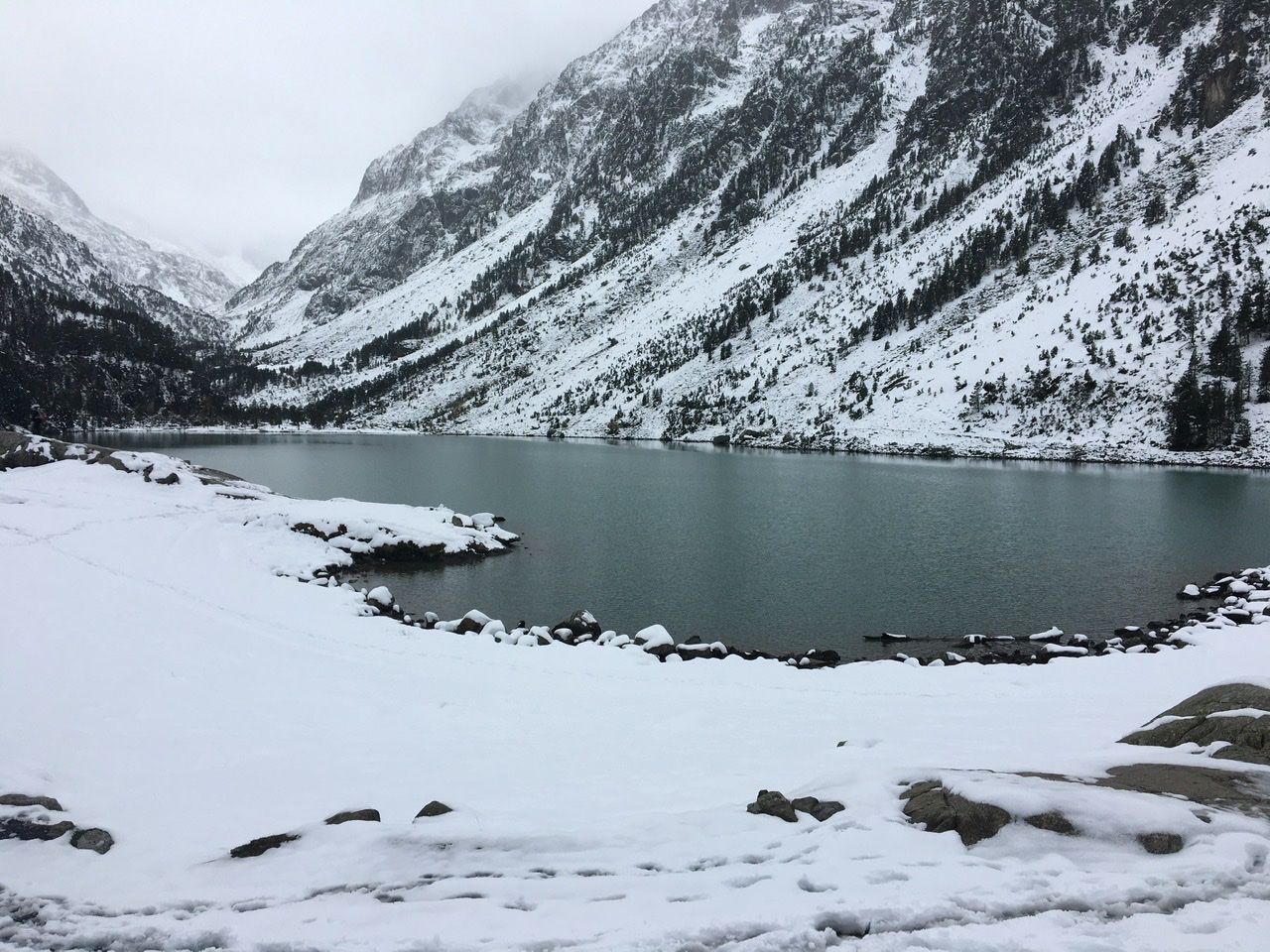Muscate News
After having written rather bad news from MUSCATE for quite a long time, I am very happy to send good ones, and I have to restrain myself not to provide news every day. :)Here is the number of L2A products we are producing every day. The visible enhanced performance is due to several reasons :
– CNES has overcome the occasional slowness of the access to the huge disk space on our new cluster. A L2A production now takes less than 25 minutes, and we could push around 20 products simultaneously, which makes one product nearly every minute. But we still do less than that on average, as the production is now starting to be limited by the access to data and the configuration work to introduce new tiles.- A few patches have been added to the ground segment which is becoming more robust. We are still waiting for a correction of the bug that prevents us from starting large jobs on week-ends. For this reason, we have changed our strategy : we are now starting our processing in December 2016 to have a maximum of sites processed in real time (which works very well on week-ends). Then we will come back to processing the backlog from year 2016. As a result we are very happy to tell you that a lot of new sites are now available :- Portugal, Niger, Cameroon, South Africa are on the server, Scotland and Mayotte, and Nouvelle Caledonie have already started ! It is going so fast it is hard for me to keep my map up-to date !










